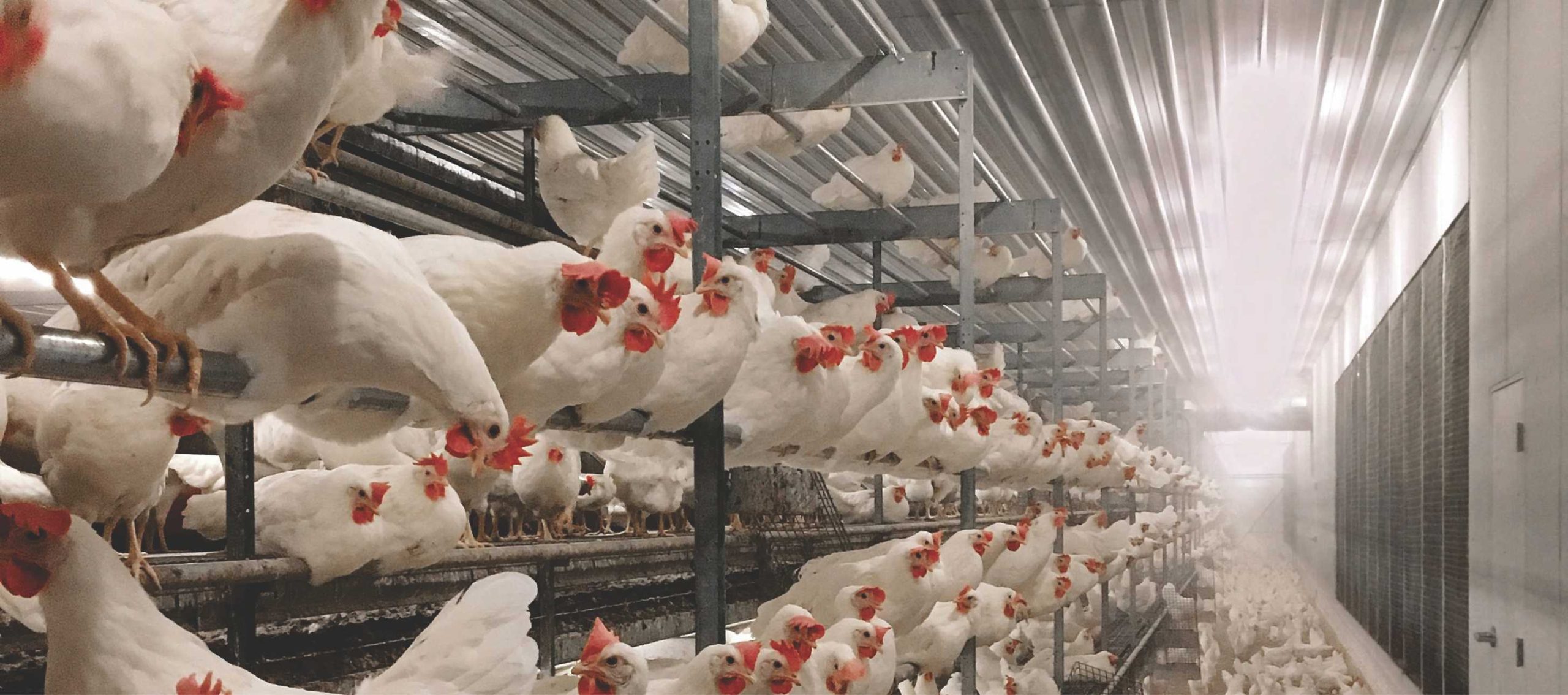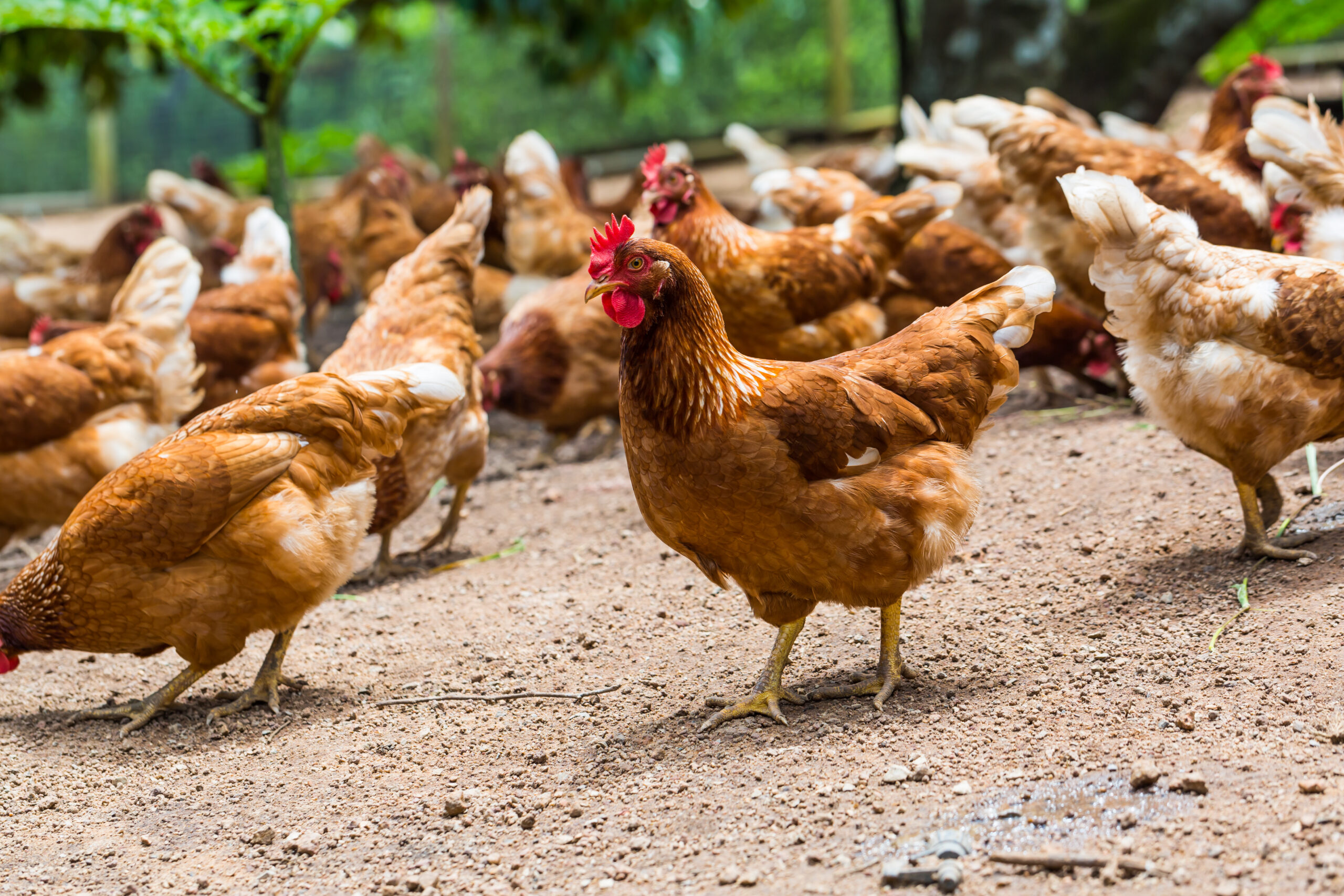Cage-free chicken farming has garnered significant attention in recent years, with many consumers and farmers recognizing its advantages. This method of farming prioritizes the welfare of chickens, providing them with a more natural and humane living environment. In this blog post, we will explore the various benefits of cage-free chicken farming, comparing it to traditional caged systems and highlighting the positive impacts on animal welfare, product quality, and consumer health.
Understanding Cage-Free Chicken Farming
What is Cage-Free Chicken Farming?
Cage-free chicken farming refers to a system where chickens are allowed to roam freely within a barn or housing facility, without being confined to cages. This approach contrasts sharply with traditional methods where chickens are kept in small, restrictive cages. The aim of cage-free farming is to provide chickens with more space and opportunities to exhibit natural behaviors.
Cage-Free Chicken Meaning
The term “cage-free” implies that the chickens are not confined in cages but are still kept indoors. This method allows chickens to move around, perch, and spread their wings, which are essential for their physical and mental well-being. However, it is important to note that cage-free does not necessarily mean that the chickens have access to the outdoors.
Benefits of Cage-Free Chicken Farming

Improved Animal Welfare
Better Living Conditions
Cage-free chickens enjoy significantly better living conditions compared to caged chickens. They have more space to move, which reduces stress and the likelihood of physical injuries. Chickens in cage-free systems can engage in natural behaviors such as dust bathing, scratching, and nesting.
Reduction in Health Issues
The improved living conditions in cage-free systems lead to a reduction in health issues among chickens. Caged chickens often suffer from problems like foot lesions and brittle bones due to lack of movement. In contrast, cage-free chickens have stronger bones and muscles, resulting in overall better health.
Quality of Cage-Free Chicken Meat
Healthier Meat Options
Cage-free chicken meat is often perceived as healthier by consumers. Chickens raised in cage-free environments tend to have a more balanced diet and better overall health, which translates to higher quality meat. Studies have shown that cage-free chicken meat may contain lower levels of harmful bacteria compared to caged meat.
Enhanced Nutritional Value
The diet and lifestyle of cage-free chickens contribute to the enhanced nutritional value of their meat. Cage-free chicken meat often contains higher levels of beneficial nutrients such as omega-3 fatty acids, which are essential for human health. This makes cage-free chicken a preferred choice for health-conscious consumers.
Comparing Cage-Free and Caged Chicken Systems

Free Range Chicken vs. Caged Chickens
Differences in Living Conditions
Free-range chickens have access to the outdoors, allowing them to forage and engage in more natural behaviors compared to caged chickens. However, both free-range and cage-free systems provide better living conditions than caged systems. The key difference lies in outdoor access, which is not a requirement for cage-free systems.
Impact on Chicken Health and Behavior
Both free-range and cage-free chickens exhibit better health and behavior compared to caged chickens. They are less prone to stress-related issues and have a lower incidence of diseases. The ability to move freely and interact with their environment positively impacts their overall well-being.
Caged Chickens vs. Free Range: A Closer Look
Caged Chickens Living Conditions
Caged chickens are confined to small spaces, often with limited movement and interaction. This leads to a host of physical and psychological issues, including increased stress, aggression, and susceptibility to diseases. The restrictive environment of cages prevents chickens from exhibiting natural behaviors, which is detrimental to their welfare.
Benefits of Free Range and Cage-Free Systems
Both free-range and cage-free systems offer significant improvements over traditional caged systems. While free-range systems provide the additional benefit of outdoor access, cage-free systems still offer considerable welfare advantages by allowing more space and freedom of movement. Both systems contribute to healthier and more humane living conditions for chickens.
The Consumer Perspective

What are Caged Eggs?
Caged eggs are produced by hens confined in small cages, often under suboptimal living conditions. These eggs are typically less expensive but come with ethical and health concerns. The welfare of hens in caged systems is a growing concern among consumers, leading to increased demand for cage-free and free-range eggs.
Free Range vs. Cage-Free Chicken: Consumer Choices
Ethical Considerations
Consumers are becoming more aware of the ethical implications of their food choices. The demand for cage-free and free-range chicken products is driven by a desire to support more humane farming practices. By choosing cage-free chicken meat and eggs, consumers contribute to the well-being of animals and promote sustainable farming methods.
Health Benefits
The health benefits of consuming cage-free chicken products are another significant factor influencing consumer choices. Cage-free chicken meat is often considered healthier and more nutritious, making it a preferred option for individuals seeking better quality food. The lower risk of bacterial contamination and higher nutritional value are key selling points for cage-free products.
Conclusion
Cage-free chicken farming offers numerous benefits, from improved animal welfare to higher quality and healthier meat products. As consumers become more conscious of the ethical and health implications of their food choices, the demand for cage-free and free-range chicken products is likely to continue growing. By understanding the advantages of cage-free farming, consumers can make informed decisions that support humane and sustainable agricultural practices.

